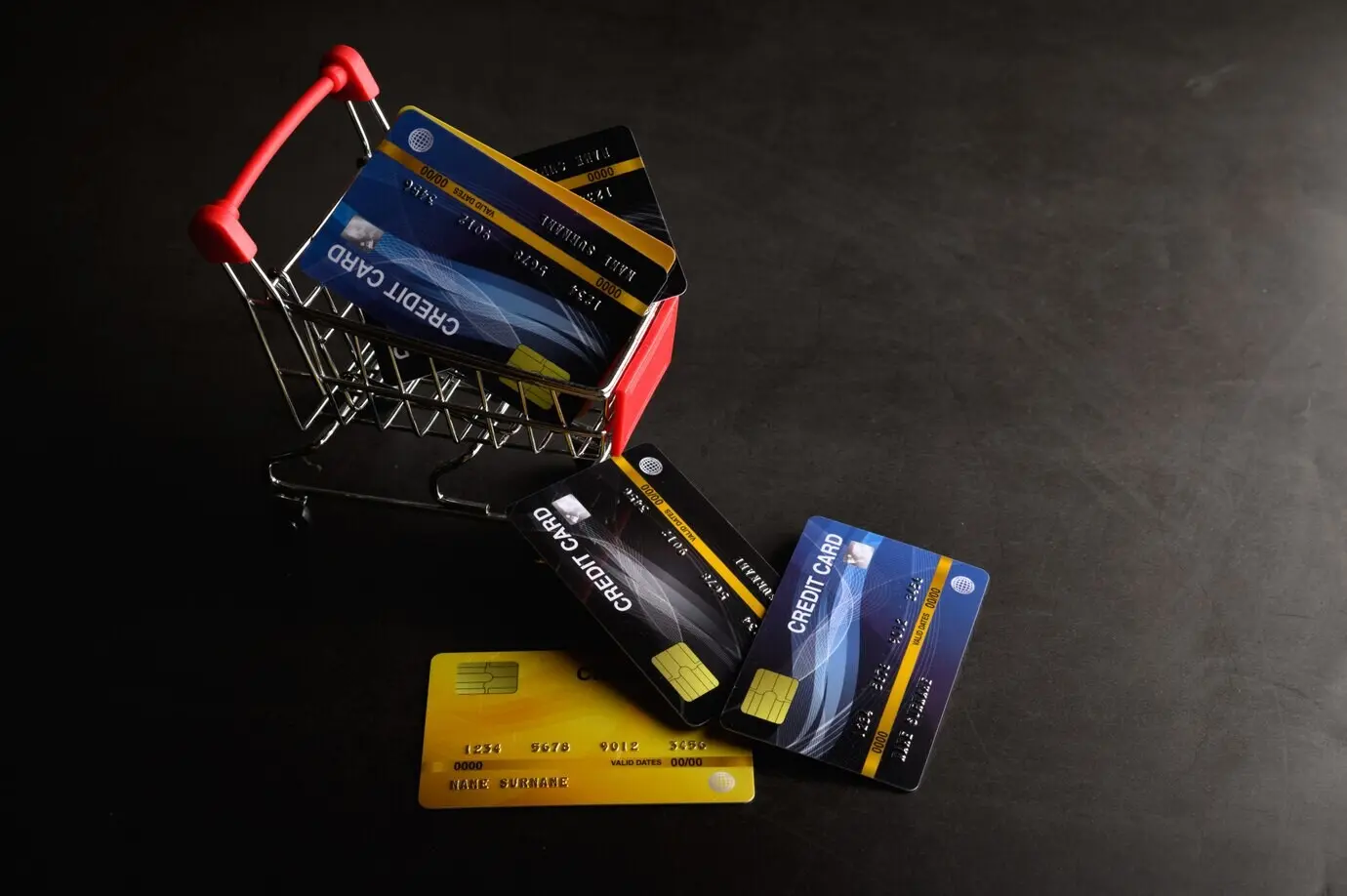Greener Clicks to Doorsteps

Right‑Sizing and Void‑Reduction
Materials That Matter
Designing for Reuse and Returns
Smarter Delivery with Lower Emissions
From Air to Ground
Urban Last‑Mile Innovations
Data‑Driven Routing
Avoid the Avoidable
Low‑Impact Reverse Paths
Measuring What Matters
Footprint Accounting, Done Right
Packaging KPIs With Teeth
Translating Numbers into Action
Compliance, Credibility, and Communication


Know the Rules Before the Truck Rolls
Stay ahead of EU packaging regulation updates, extended producer responsibility frameworks, and state‑level recyclability labeling like California requirements. Monitor the UK plastic packaging tax thresholds. Keep supplier documentation centralized. Train creative teams so on‑box icons and copy comply across markets without overclaiming recyclability or compostability where infrastructure is limited.


Badges That Actually Mean Something
Prioritize independent verification such as FSC for paper sourcing and Cradle to Cradle for material health. Consider Climate Neutral or similar for corporate‑level rigor, but focus on real reductions before offsets. Align claims with test reports, not marketing wishes. Renew audits on schedule and publish summaries customers can understand quickly.
People, Partners, and Culture

